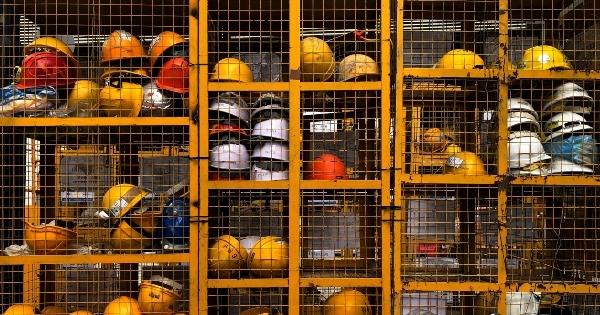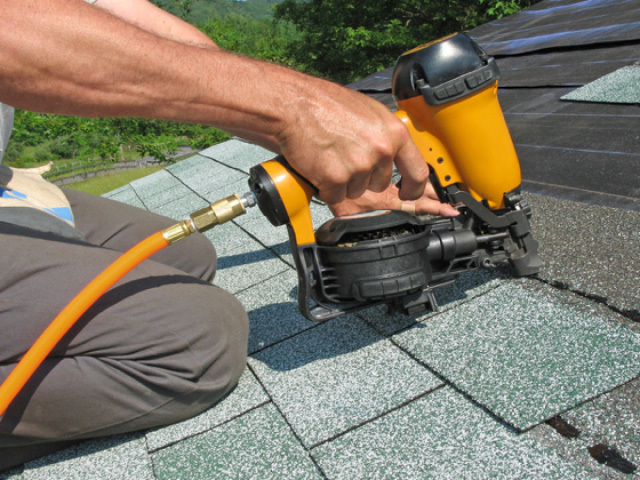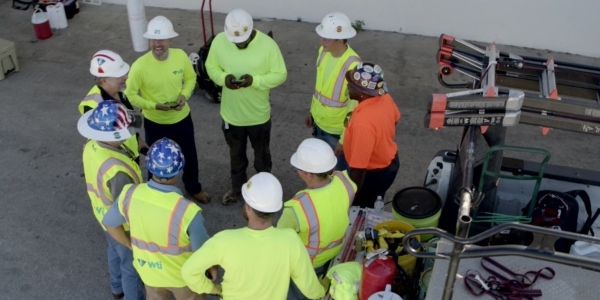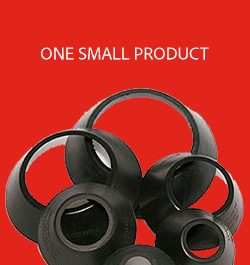Pay Now or Pay Later: The Cost of Safety in Roofing

By NERCA.
Recently, there have been several high-profile accidents involving roofing projects and roofing contractors.
This includes a woman struck by a falling metal rail in Boston’s North End and the prosecution of a Maine contractor for the death of one of his roofers. These incidents highlight the danger both known and unknown involved in roofing and the legal and financial consequences of not taking safety seriously.
According to the National Safety Council, the cost of work injuries per worker in 2017 was $1,100. The cost per injury requiring medical attention was $39,000, while the cost of a fatality was at least $1,150,000. Now add in the potential expense of fines from OSHA and the focus on roofing contractors and fall hazards and you are looking at some serious penalties should an employer be found negligent in the incident. As of January 2019, the maximum penalty amount for a willful or repeat violation was set at $132,598 per violation of which there are typically multiple violations found during an inspection or accident review.
However, given how far the industry has come in terms of safety, the chances of experiencing a serious accident or injury on a job site are lower than ever, so it can be difficult for employers to truly understand the cost of a workplace injury. OSHA’s $afety Pays program uses a company's profit margin, the average costs of an injury or illness and an indirect cost multiplier to project the number of sales your company would need to achieve to cover the costs of an injury. This establishes the cost of inaction.
Employers can also utilize the CPWR's online ROI Calculator. This tool uses your own cost data, including materials and labor, to calculate the potential ROI from adopting a safer tool, material or work practice. Using this tool, employers are likely to see that the decrease in productivity of using a particular tool or practice is outweighed by the savings experienced in the cost of accidents. For example, one of the templates is based on a study from 2008 which found that while the use of a contact nail gun was more productive than a sequential nail gun, the marginal productivity gains were far exceeded by half as much injury costs.
These tools are a fun way to simulate the cost and return on investment of a serious safety program, but contractors are more likely to listen to their real-world peers than to believe these statistical black boxes. Every 3 years, Dodge Data & Analytics conducts surveys on safety practices in construction. Consistently the study results have shown that contractors believe there is a payoff for strong safety practices.
The last study from 2017 study found that:
• 38% of contractors surveyed saw a positive impact on their budget from enhanced safety protections
• 73% saw a reduction in reportable injuries due to safety improvements
In addition, the study found that:
• 72% of contractors reported safety practices having a positive impact on their standing in the industry
• 70% report they believe safety practices had a positive impact on their ability to find new work
• 44% believe that their safety practices had a positive impact on staff retention
On top of the operational impact of improving safety, contractors understand that mitigating the possibility of an accident can save money on workers compensation costs. Insurance companies use your firm’s experience modification rating (EMR) to establish the cost of a premium for covering workers compensation. A company with a good safety record and a lower EMR (below 1.0) will typically pay far less in premiums per year than one with a higher EMR. In addition, EMR is often used as a factor by general contractors and awarding authorities to exclude companies that are sacrificing safety in order to be the low bidder on projects.
Regardless of where your company stands on the safety spectrum, NERCA is available to help improve your safety practices. We offer a safety manual to all our members which can be customized for your company but offers a basic template for safety processes. In addition, NERCA has several safety consulting companies as associate members who offer safety training and can inspect job sites to identify best practices.
Belonging to your industry associations helps you stay informed about changes in the industry. Learn more about membership in NERCA.
Original article source: NERCA Aug 2019 Newsletter






















Comments
Leave a Reply
Have an account? Login to leave a comment!
Sign In